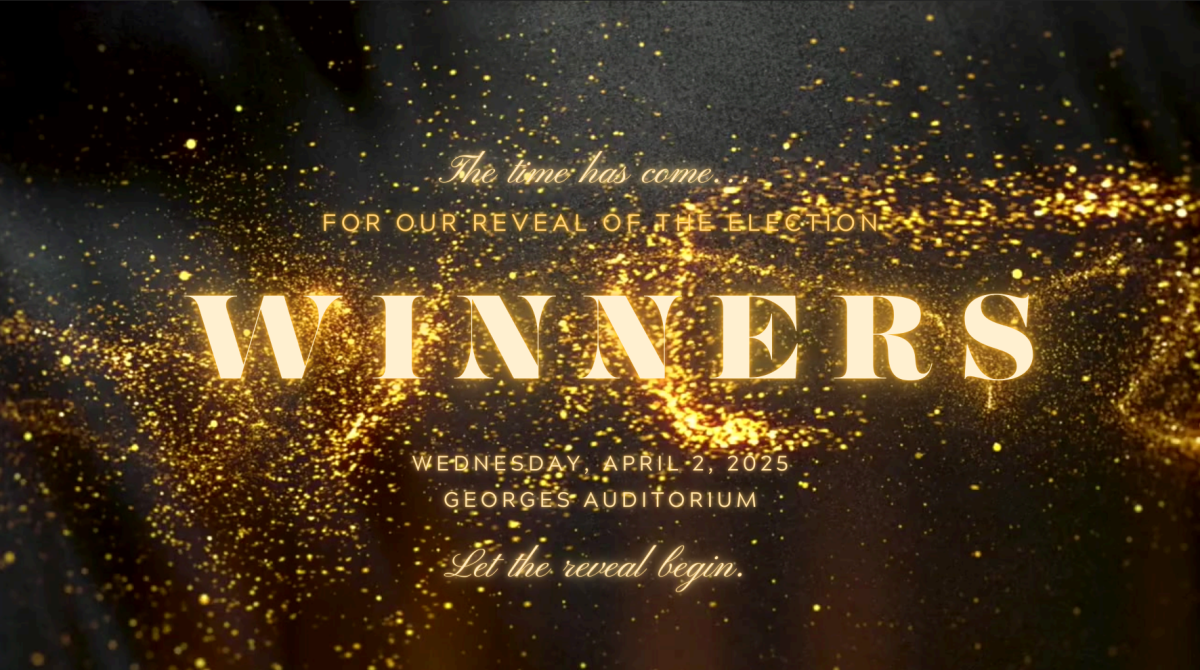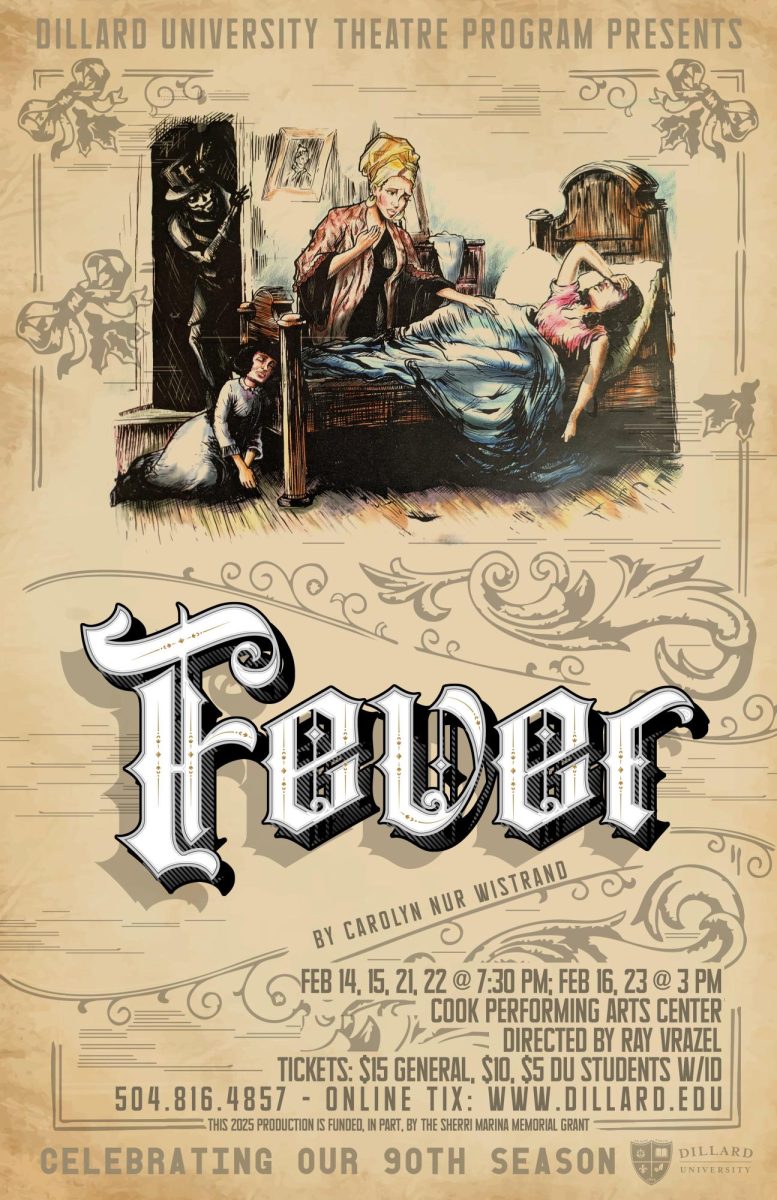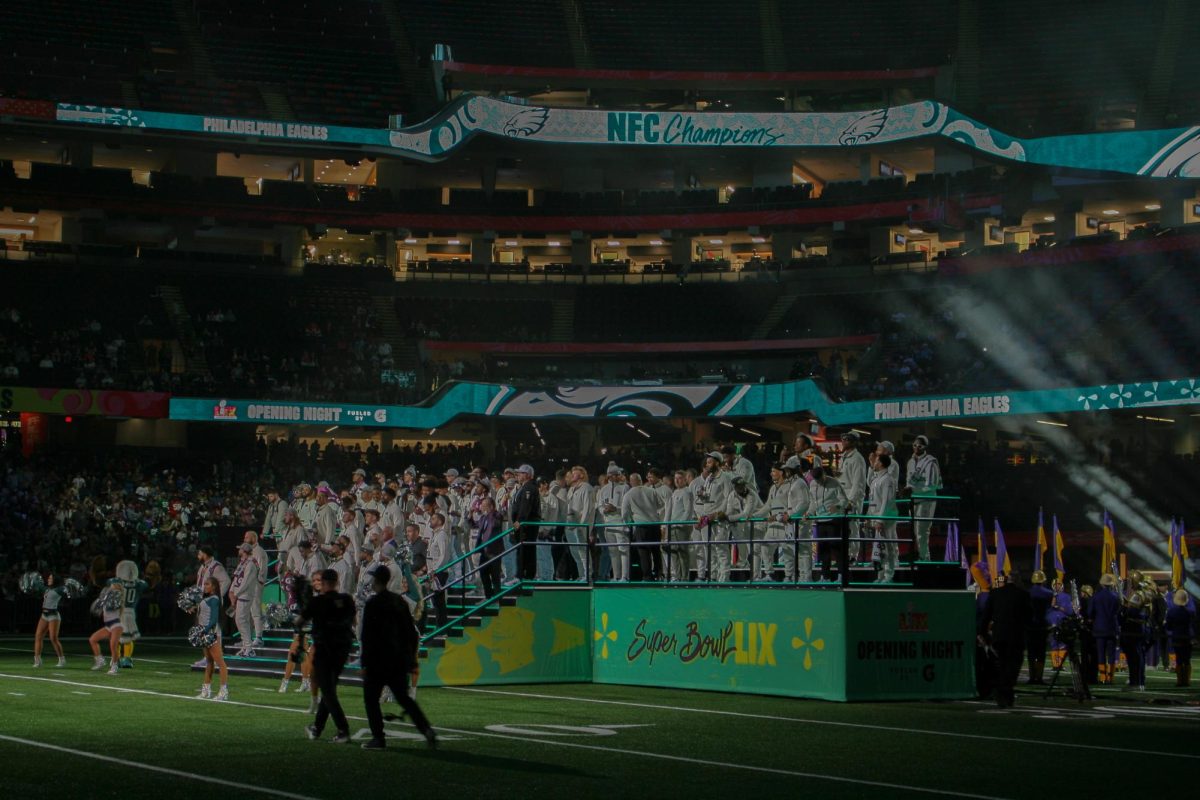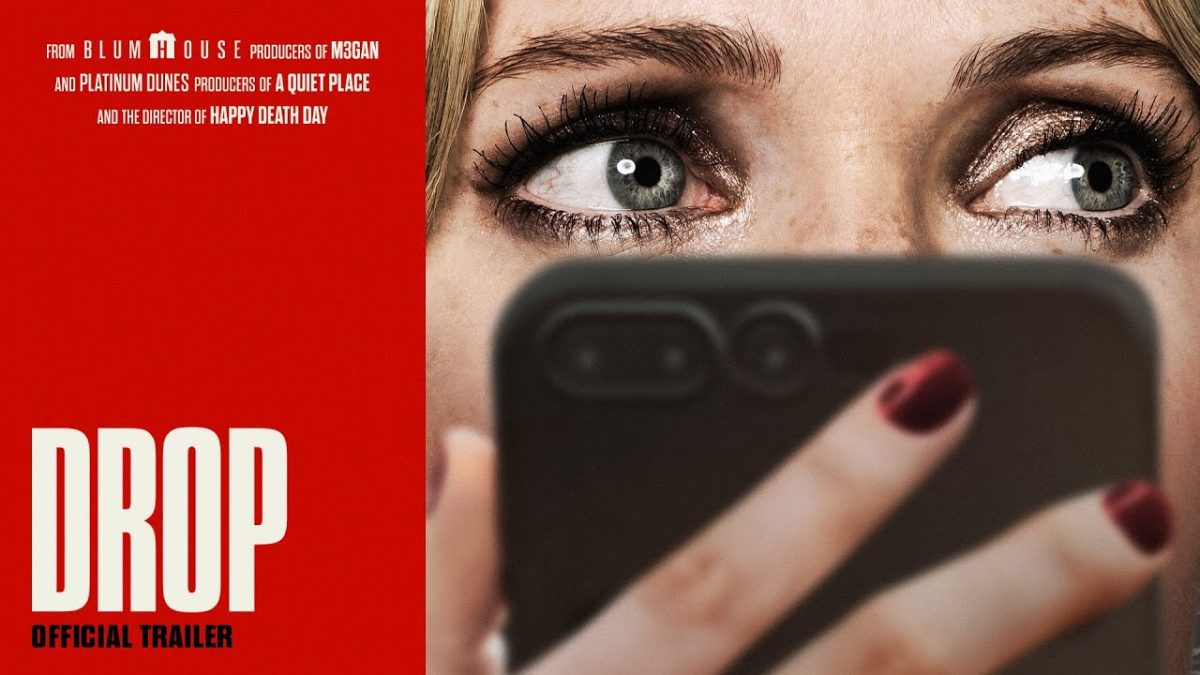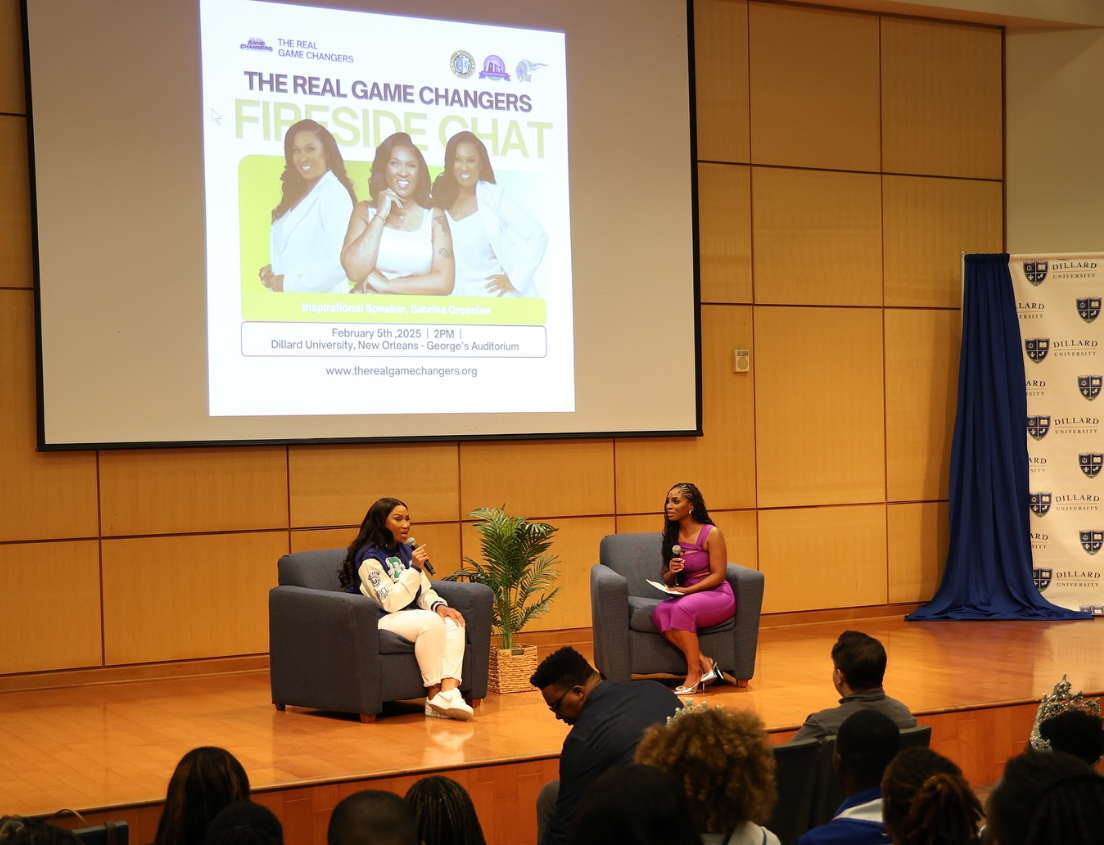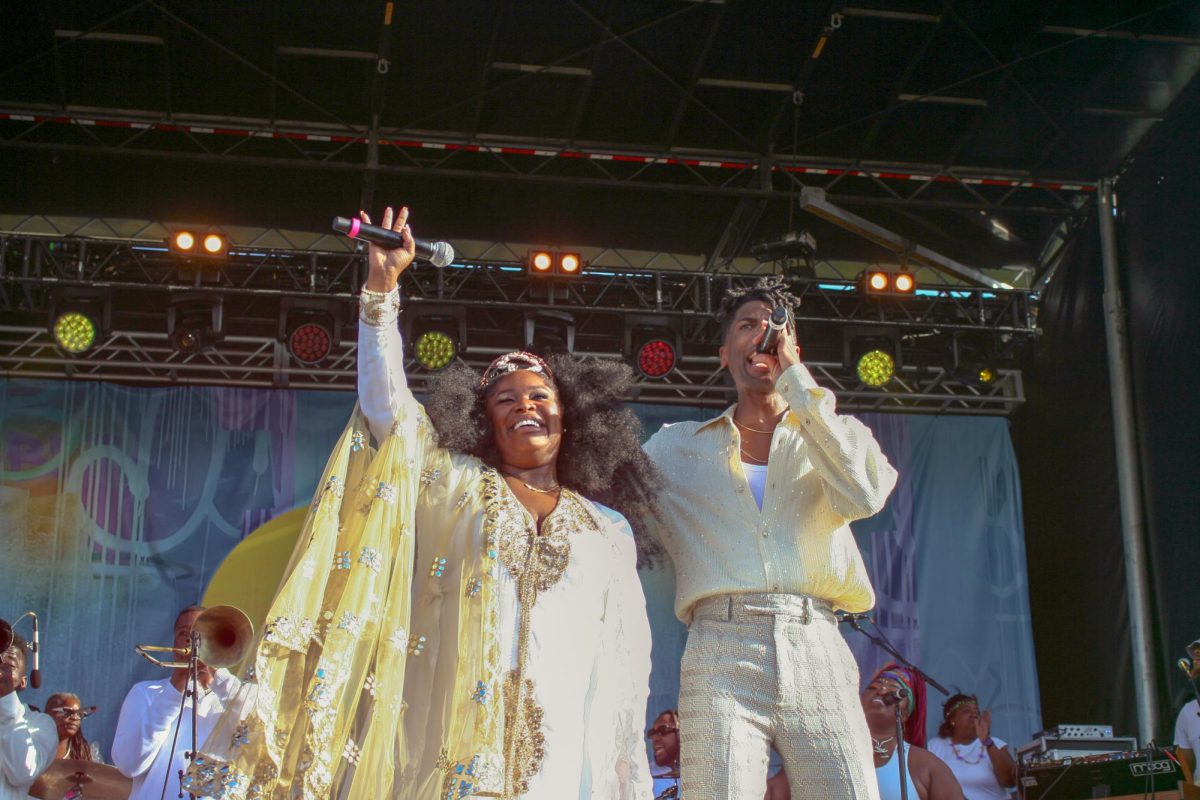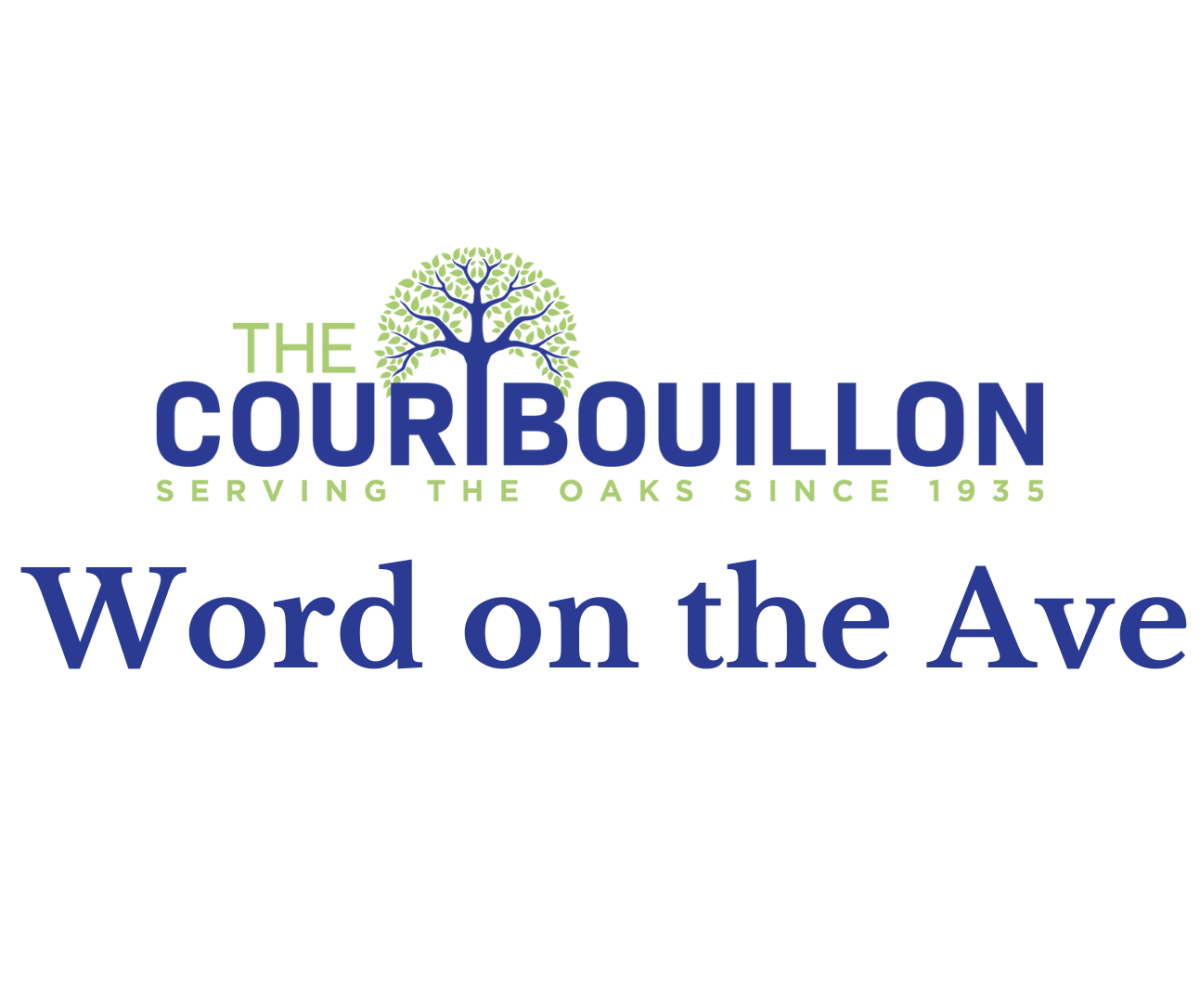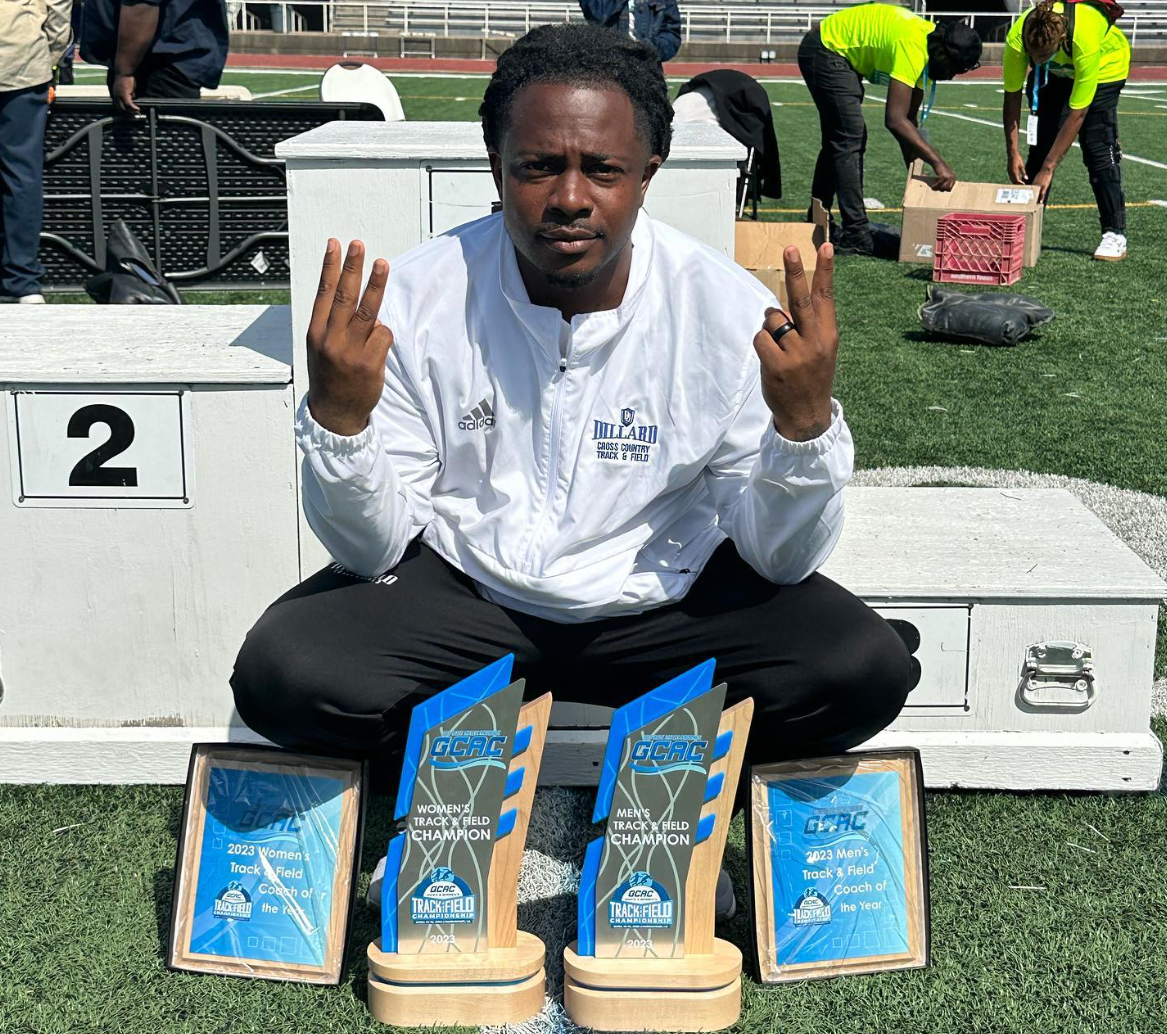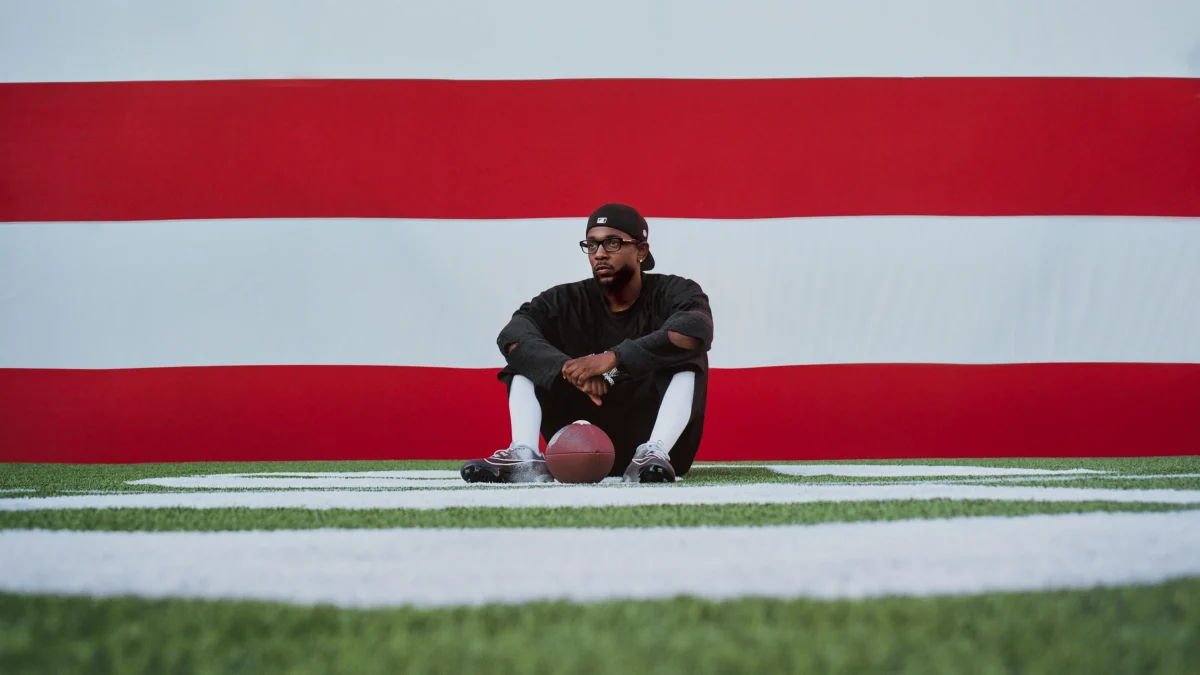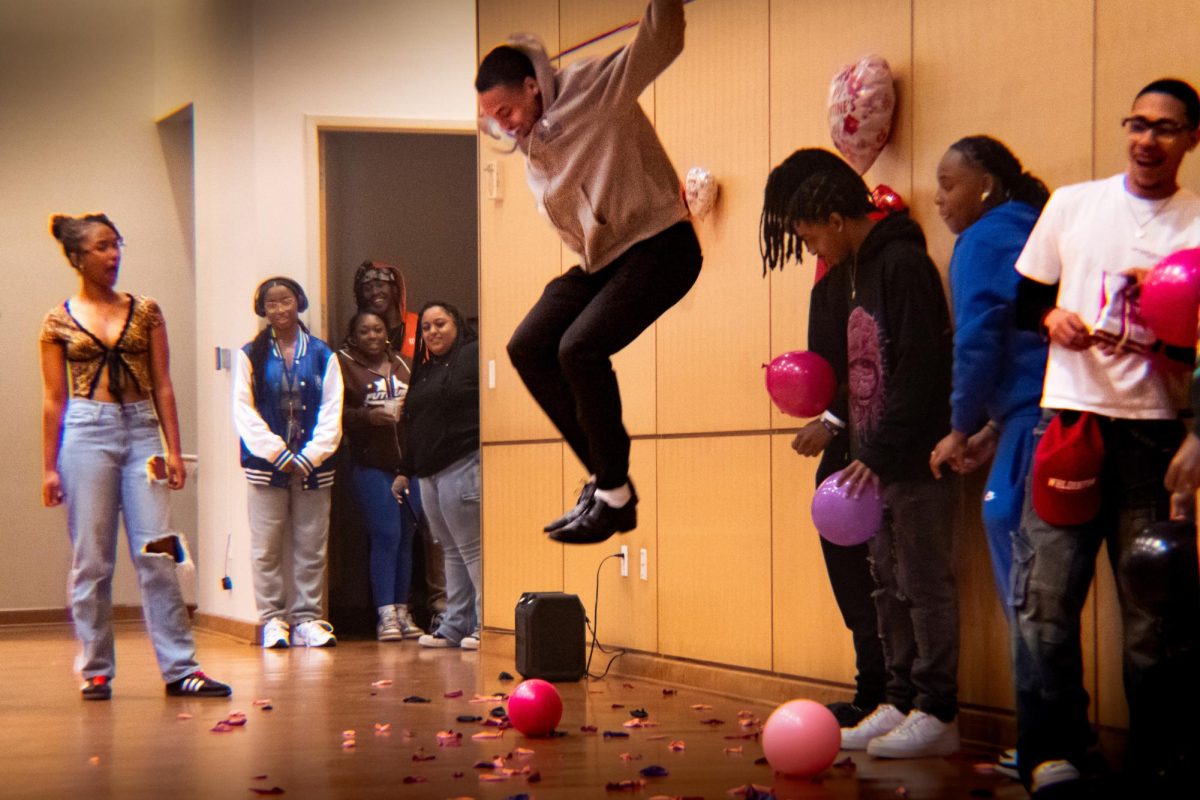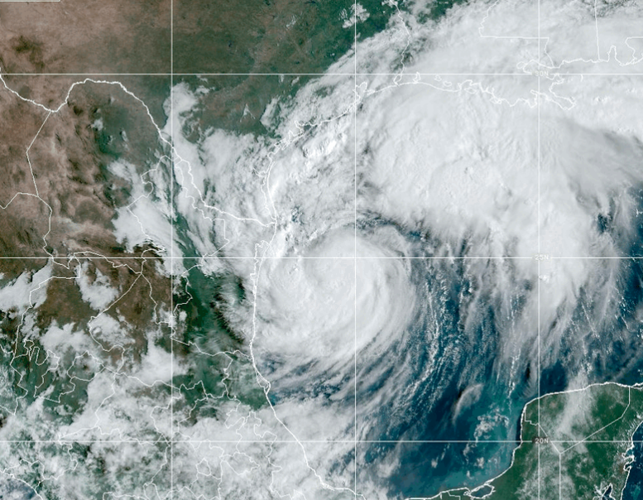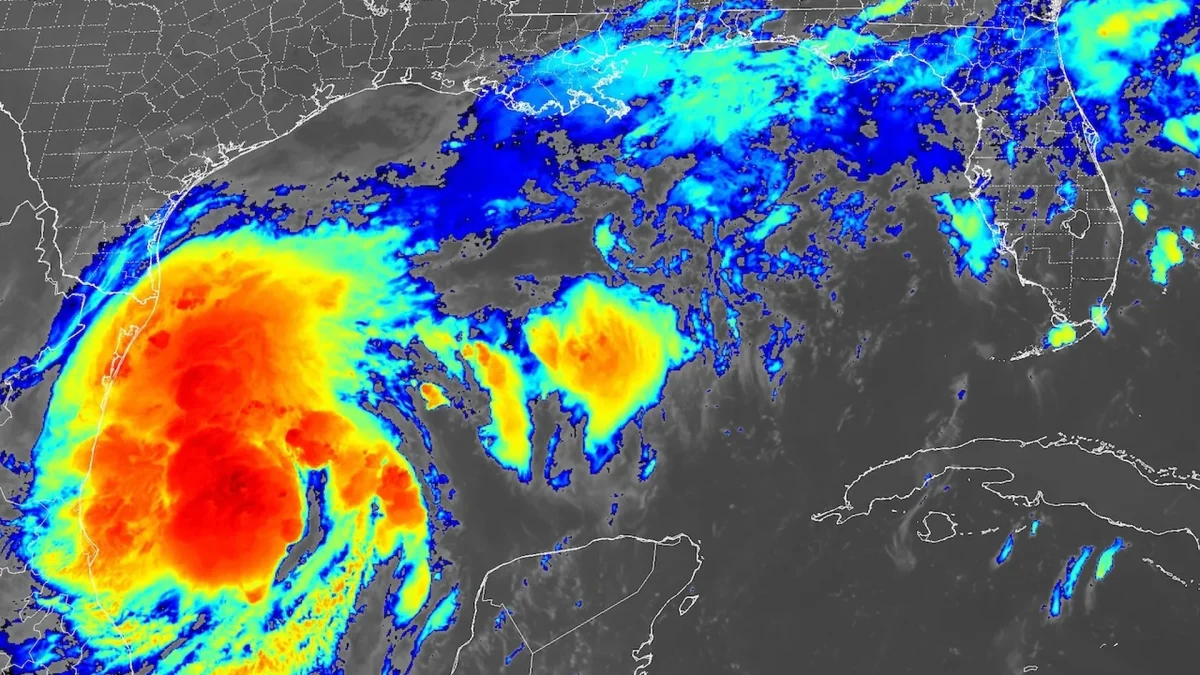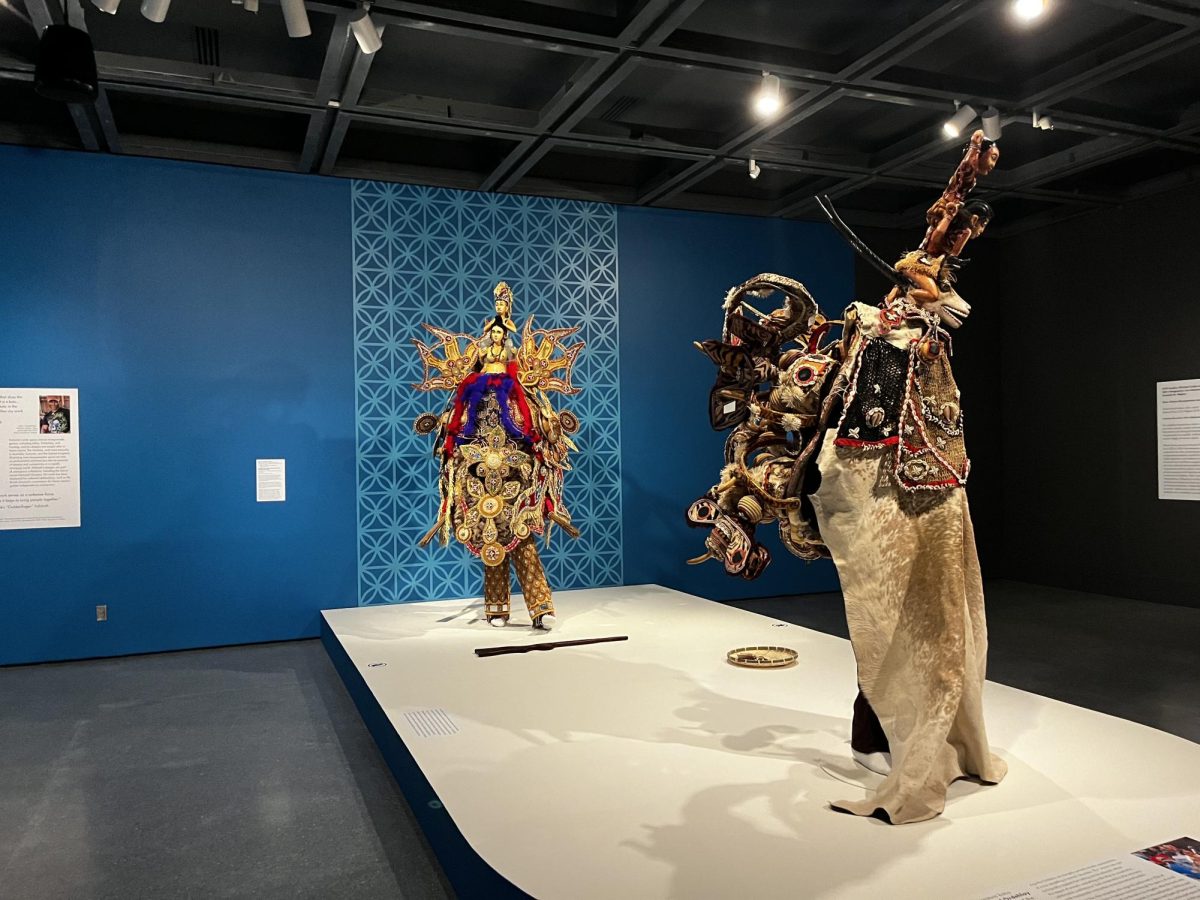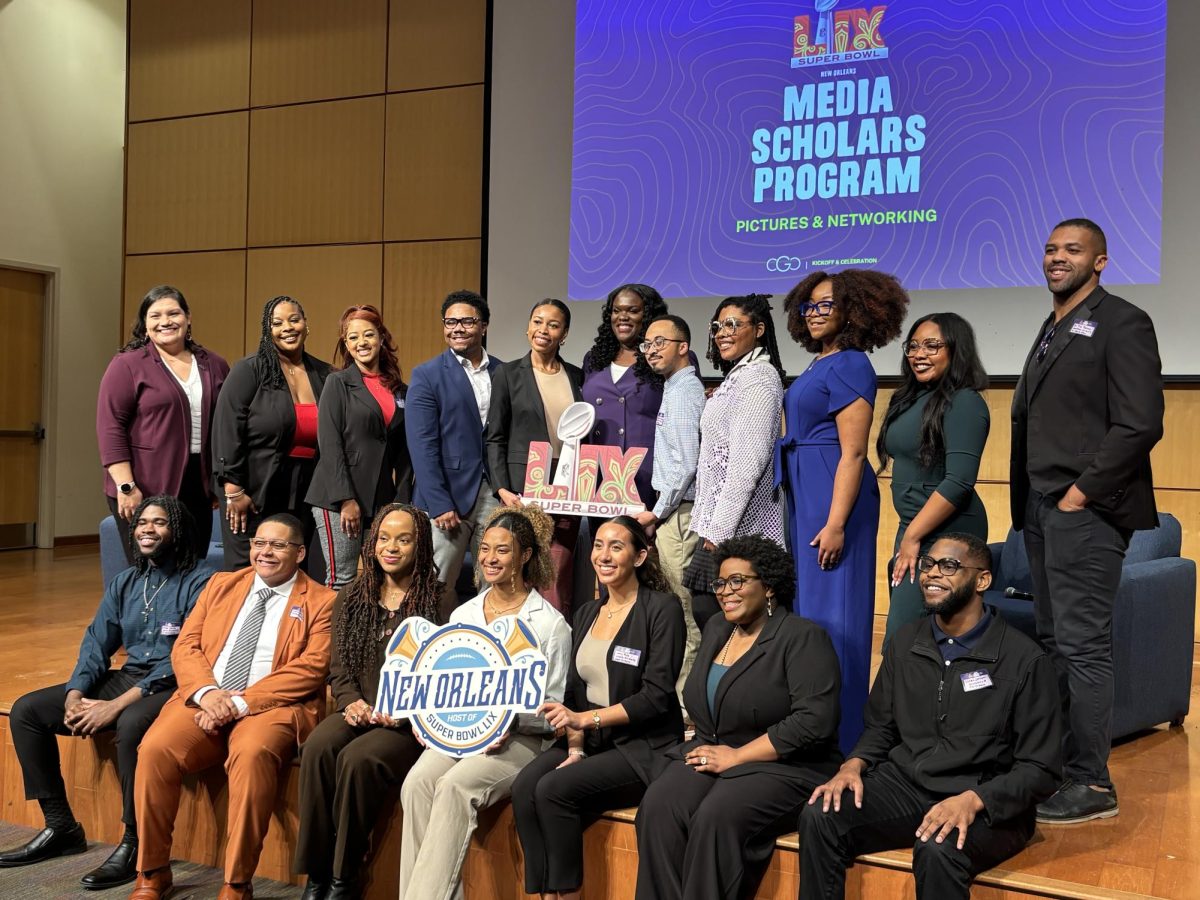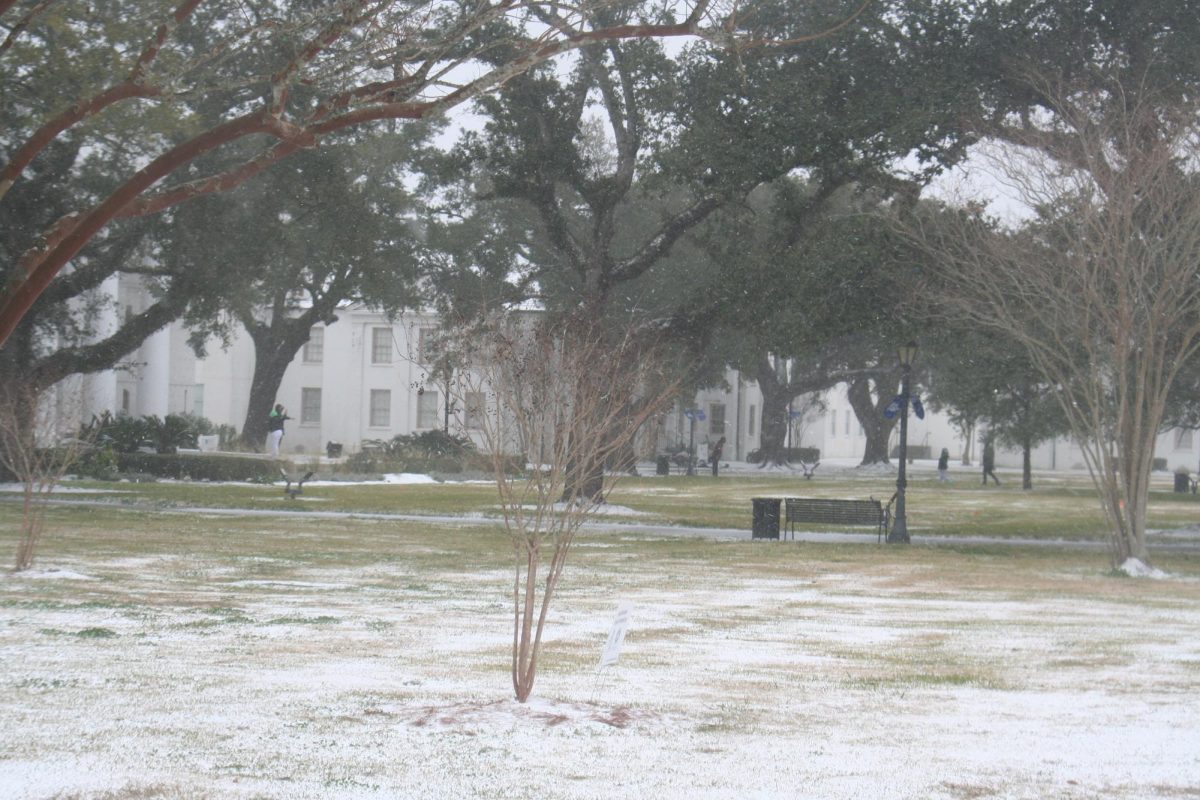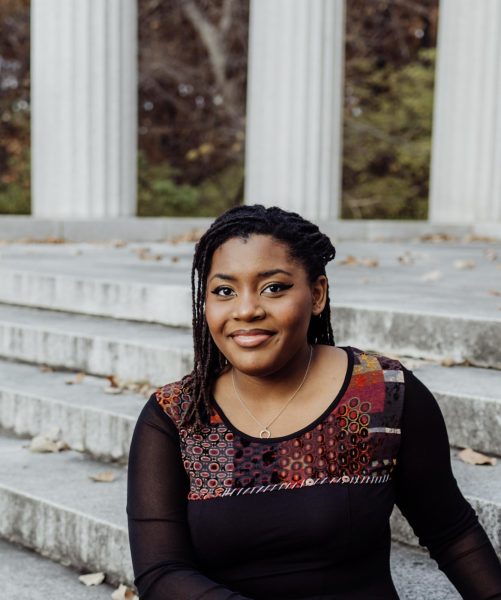The New Masquerades Exhibition at the New Orleans Museum of Art, on view from April 4 until August 10, is a landmark collection and will be on view across museums in two countries.
The NOMA has partnered with the Musée des Civilisations Noires to display the New African Masquerades collection in a museum tour for African audiences. This is the first time an exhibition will be featured in a parallel tour in both North America and Africa.
The exhibition features 13 full head-to-toe masquerade ensembles that were commissioned specifically for this exhibition. The curators were intentional in ensuring the ethics of the collection, getting consent, and making sure each commissioned artist was paid what they deserved, said Lisa Homann, a co-curator of the exhibition and an associate Professor at UNC Charlotte.
“They have never danced. They were made for display,” said Homann. She emphasized how the museum sought permission from the chief of masquerades, demonstrating how, for the first time, the proper authorities of masquerade society had given consent for these masquerades to be displayed.
The curators not only put together the exhibit but curated a highly collaborative commissioning process with the artists to display the masquerades exactly as the artists and actors involved intended for them to be experienced by the audiences, said Jordan Fenton, a co-curator of the exhibition and an associate professor at Miami University.
The exhibition highlights the stories of the individual artists and masquerade societies. Often, African culture is discussed in a way that highlights whole groups rather than individuals, erasing individual narratives, said the UCLA James S. Coleman African Studies Center’s African Arts journal.
The masquerades were commissioned from four contemporary West African artists: Sheku “Goldenfinger” Fofana, David Sanou, Herve Youmbi, and Chief Ekpenyong Bassey Nsa. The exhibition displays the versatility of the art of masquerade ensembles and their related practices. The masks are made of various materials such as wood, cloth and fabrics, sequins, feathers, gourds, cowry shells, and more.
“When we look at masquerade, these are not necessarily spirit transformed beings. These are three-dimensional reflections of ideas,” said Fenton.
Their works fill the open-concept exhibition space in NOMA’s Ella West Freeman Galleries. The open space was intentional, said the Françoise Billion Richardson Curator of African Art, Amanda M. Maples. It allows the audience to see all the dynamic masquerade figures from many angles, giving the viewers the feeling of truly watching the masquerades in action.
“We are here sharing the stories of four masquerade artists. We really wanted to think about how West African masquerades are experienced in all the hands and the people, the faces, the communities that come together to perform, to create masquerades,” said Maples.
Each artist’s pieces have a central theme. Youmbi’s masks were themed around collaboration, sharing how often the ensembles are the work of multiple artists. Sanou’s pieces display the theme of innovation, exploring how masks can be made from different materials and more. Chief Nsa’s masquerades are themed around patronage and economics, highlighting how they can be a form of cultural capital. Lastly, Fofana’s masquerades are themed around mobility and technology, expressing how masquerades are mobile kinetically, geographically, and socially.
“Masquerades don’t stay put, nor do the genres, nor the aesthetics. They move, not only in the cities where they’re invented, but also out to the other communities in the country, and then out to the rest of the world,” said Maples.
The exhibition is not only unique due to the collaboration and commissioning process, but the curators also invited the artists overseas for the opening of the exhibition.
“Museums and Western audiences very rarely get that opportunity to meet these artists, to discover masquerades face-to-face with the individual artists,” said Fenton. “Museums have sort of created a narrative and a canon around masquerade that omits the human agency. So, it’s really important to all of us to bring that agency as much as possible to the communities here,” he continued.
Chief Ekpenyong Bassey Nsa’s masquerades included one that had never been seen by the public outside of Nigeria. Idem Nkanda is a sacred masquerade, originating from the Ekpe secret society in Southeast Nigeria and West Cameroon, that performs to honor the passing of a local king or Ekpe lodge head according to the Miami University Richard and Carole Cocks Art Museum.
“When you talk of Ekpe in Southeast Nigeria and West Cameroon, a smile comes to people’s face,” said Fenton. “Ekpe has long been a player in global finance, global interaction, and trade, and so these ensembles speak to those layered realities,” he continued.
Nkanda is a sacred masquerade that comes out to honor the recent passing of a local king or Ekpe lodge head. The performance indicates leadership transition after the passing of the previous leader and provides stability during an uncertain time.
“This is one of the most sacred masquerades of the institution. In this letter, the elder cultural custodians are authorizing that the mask is allowed to be viewed on display,” said Fenton.


